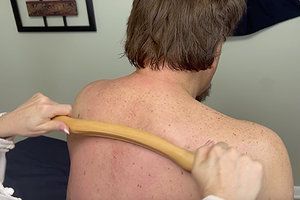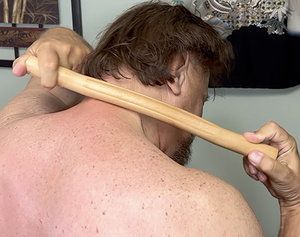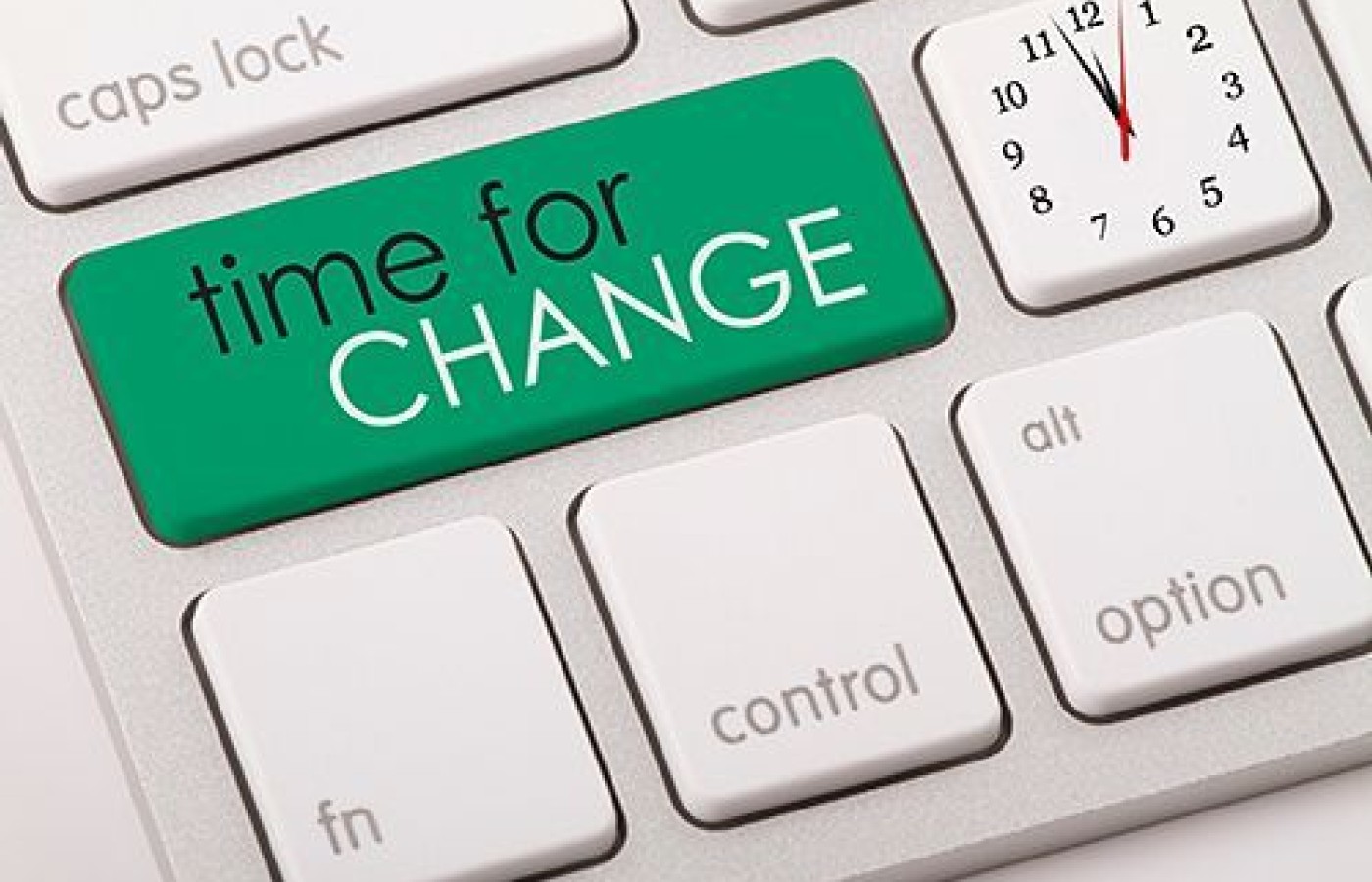Whether you accept it, avoid it or live somewhere in between, insurance coverage has become a defining issue for our profession. Patients increasingly expect to use their benefits, practitioners want to be compensated fairly for their time and expertise, and the system itself remains – at best – fragmented. The encouraging news is that coverage has expanded in meaningful ways. The challenging news is that reimbursement, across the board, remains inadequate.
A Simple Tool That Can Change the Way You Treat Muscular Pain
- Good muscle health needs flexibility and pliability. We need to open up the muscle fibers so the toxins can be removed.
- A gua sha stick can be used to help remove knots and toxins from patients' muscles, tendons and fascia.
A very basic explanation of the nature of pain is a lack of circulation to the nerves. In treating our patients' pain, we are always more successful when they understand the way they treat their body is the key to them feeling good.
The first part of treating a new patient with pain is a brief explanation on why their body hurts. As we age, our muscles and tendons get tighter and tighter. When muscle regeneration occurs, old cells die and they cannot escape tight muscles. I use the analogy of sand in the shoe: As long as there is sand in the shoe, the area is going to hurt.
New research has proven this to be true. According to a study titled "Muscle Injuries and Strategies for Improving Their Repair," acupuncture and electrical stimulation can help regenerate muscle tissue. But what do we do about the dead cells that are collecting in the muscle tissue?
The Power of Gua sha Revealed Through a personal Experience
Most of us were taught gua sha in school. I learned it back in 1996, but rarely used it until I took an advanced class on gua sha and cupping 10 years later. I still used it on a limited basis until I fell off a stepladder and fractured my pelvis. Sometimes it takes a personal experience to really teach you about the effectiveness of particular techniques.

My orthopedic doctor told me where I had fractured my pelvis and that there was nothing they could do for me. Stay off of it and let your pain be your guide on how much activity you do. For six weeks, I was in a wheelchair; then six more weeks on crutches. When I learned to walk again, I was in tremendous pain.
I knew the importance of stretching and continued to stretch throughout my recovery. However, there was muscle and tendon damage; and 12 weeks of atrophy to deal with. This helped me realize that my patients are dealing with similar issues.

The Next Level of Gua Sha
Acupuncture, electrical stimulation and stretching weren't enough; I needed to help my body get rid of toxins that had been building up for 12 weeks. I started doing gua sha with my small hand tool. It wasn't enough. So, I started using the stick from my shower brush. This worked, so I started looking for a gua sha massage stick, I found it. It has changed the way I practice medicine; not only on myself, but also on my patients.
Teaching Muscular Health
In Western medicine, most of our patients are diagnosed with arthritis. The definition of arthritis is painful inflammation and stiffness of the joints. Most patients associate a joint with bone. They forget the bones are held together with muscles and tendons. Without the muscles and tendons, the skeleton is a pile of bones on the floor.
When we observe other cultures, they take care of their muscles and tendons. In China and India, they wake up every morning and do slow-motion stretching. Even our pets stretch first thing in the morning. Teaching our patients about the importance of slow-motion movements can help them improve the health of their muscles and tendons. However, I found this alone was not enough.
Good muscle health needs flexibility and pliability. We need to open up the muscle fibers so the toxins can be removed. In the clinic, I use the gua sha stick to help remove knots and toxins from my patients' muscles, tendons and fascia.
A deep-tissue massage is achieved in a matter of minutes. In most cases the patient feels immediate relief. This technique is even more effective when used with Master Tung Acupuncture.
Gua Sha vs. Foam Rolling
Some of my patients associate this technique with a very popular technique called foam rolling. To achieve pliability in the muscle tissue, their current strategy is to use a device that applies rolling pressure to the muscle tissue. This is sometimes called self-myofascial release. A study of the effectiveness of foam rolling titled, "Foam Rolling for Delayed Onset Muscle Soreness and Recovery of Dynamic Performance Measures" has been conducted.
However, when analyzing gua sha vs. foam rolling, they do not achieve similar results. Gua Sha opens up the muscle fibers and gently pulls on the skin to loosen up the fascia. This releases the toxins to the surface of the skin, where they can be more easily removed from the body via the lymphatic system.
Other Considerations
In treating my patients, I also discovered that doing gua sha a couple of times a week was not enough. Most of them needed the toxins removed once or twice a day. This is why I now carry the sticks and oil in my office; and sell them to my patients for home care.
For those concerned about sterilization of a wooden stick, it can be easily wiped down with alcohol and placed in a UV sterilizer. If you don't own a UV sterilizer, one can be made very easily using a plastic tote, UV light with timer, and reflective material.
One of the things that makes the way we treat our patients different is that we teach our patients how to take better care of their bodies, so they can live happier and healthier lives. The gua sha massage stick is one tool to help accomplish that.
Author's Note: To watch videos on how to use the gua sha massage stick with oil or over cloth, please visit my website or my YouTube channel.



